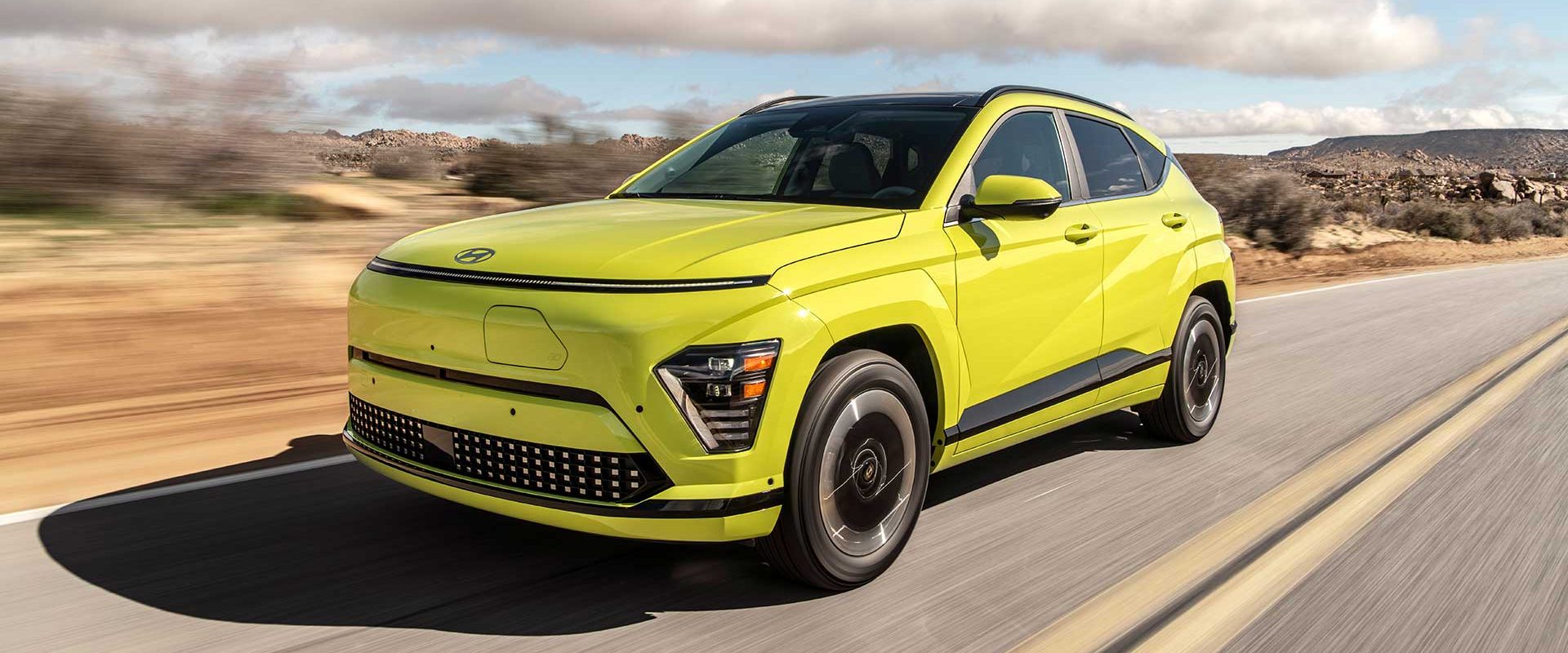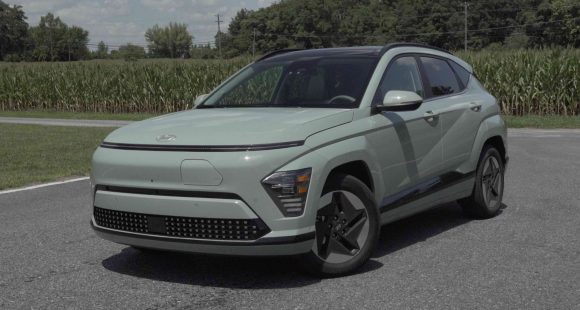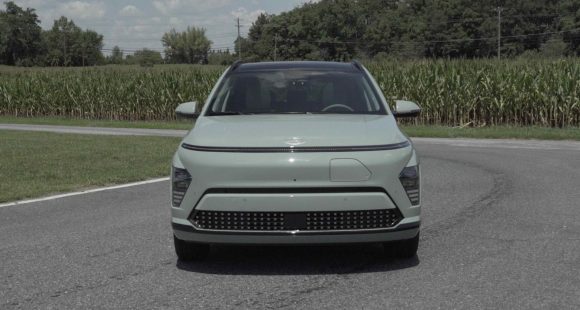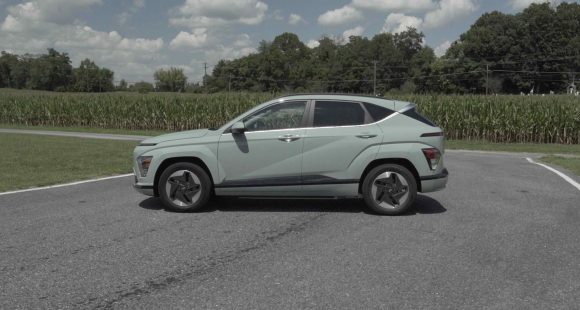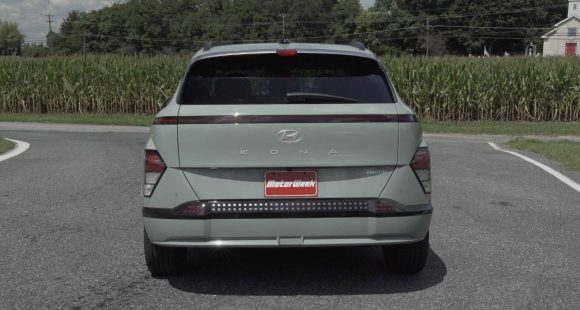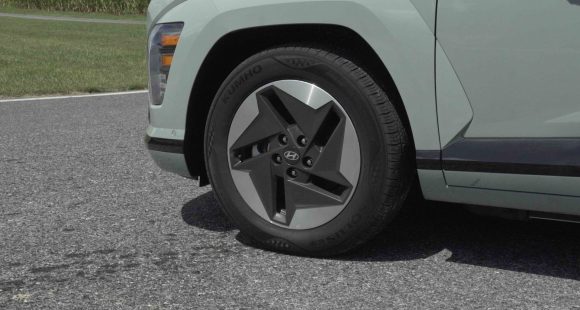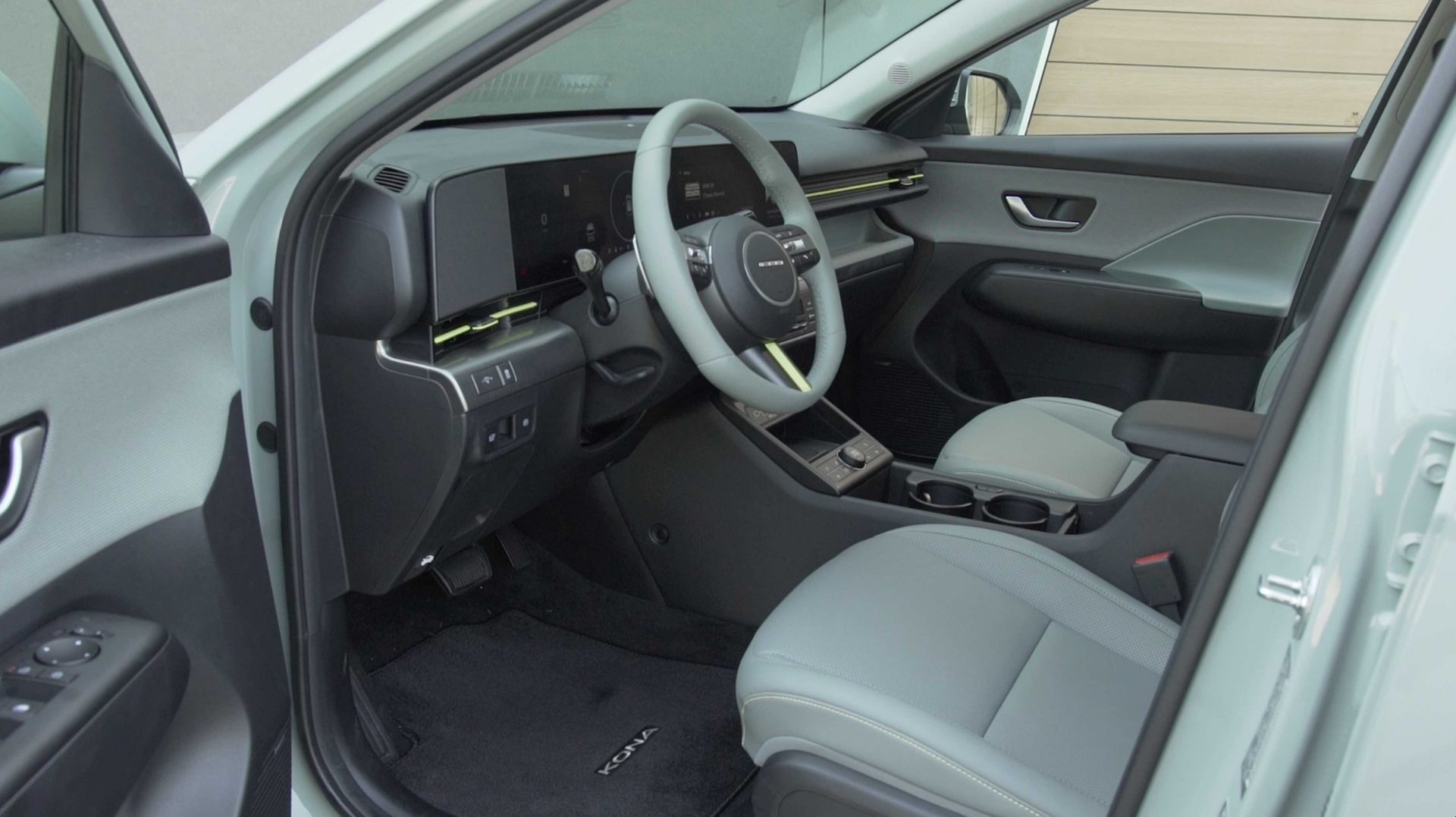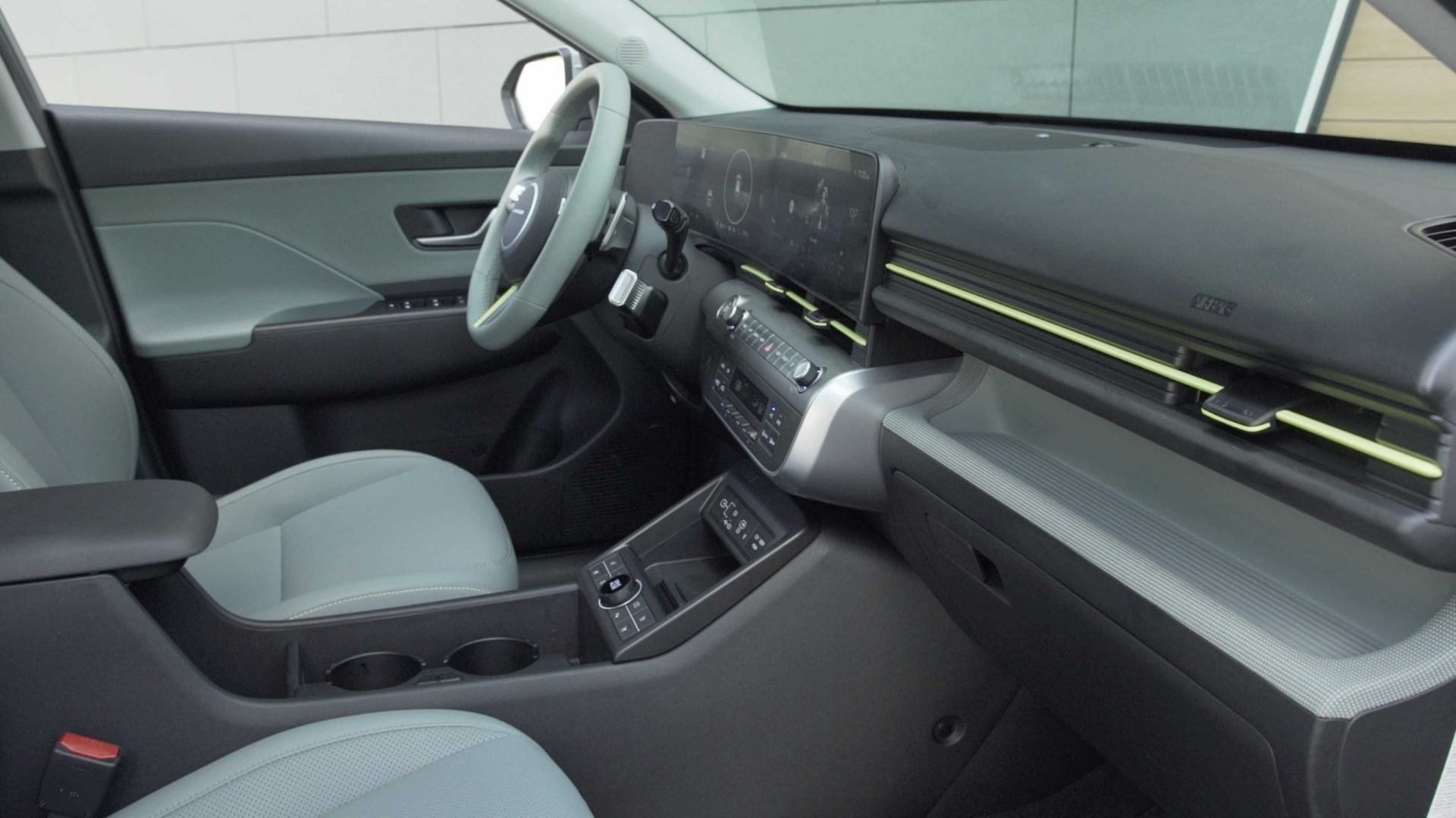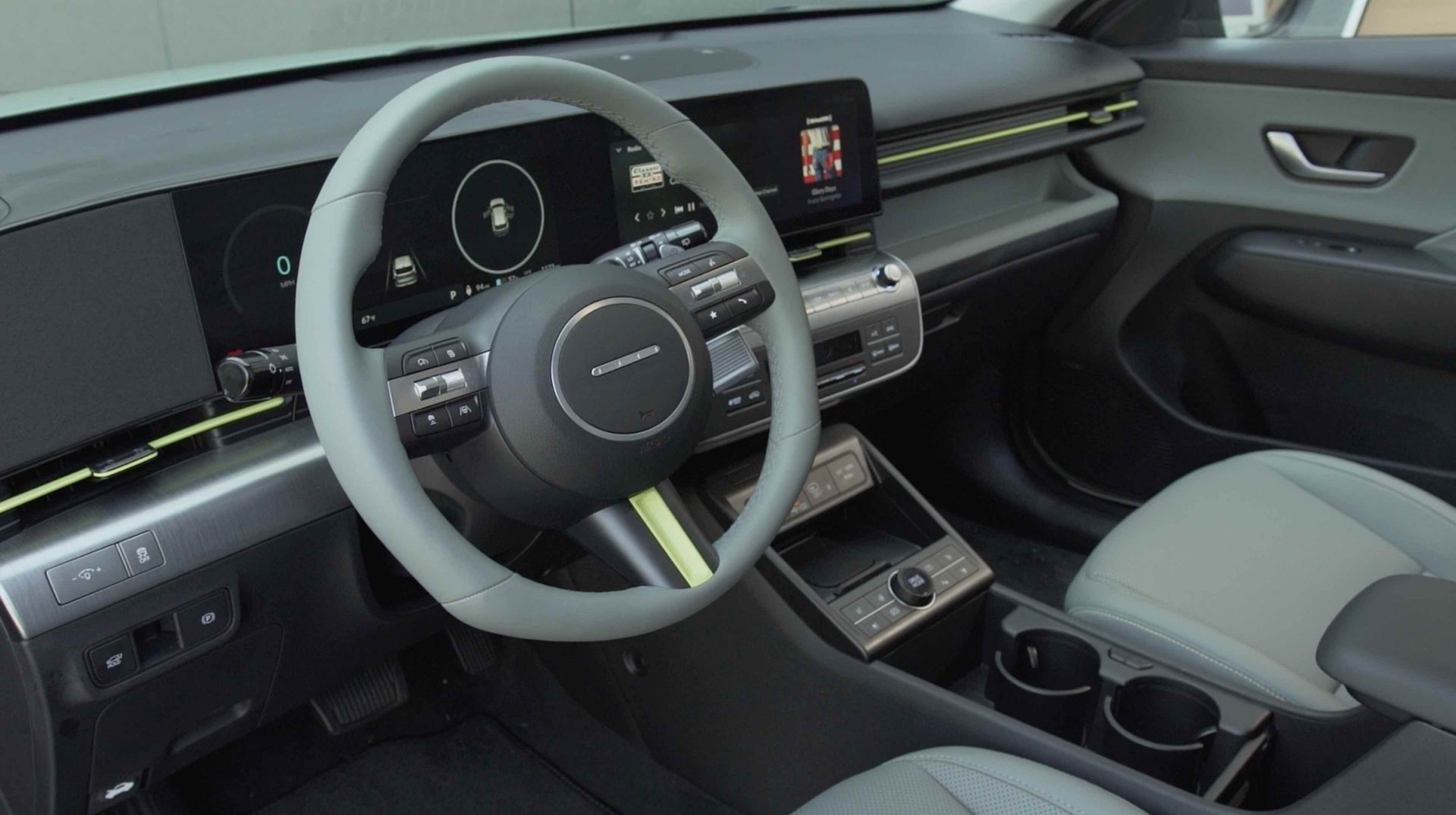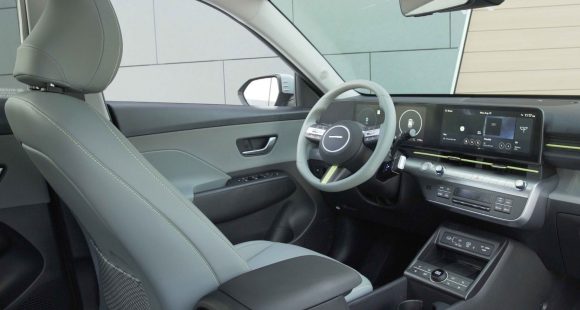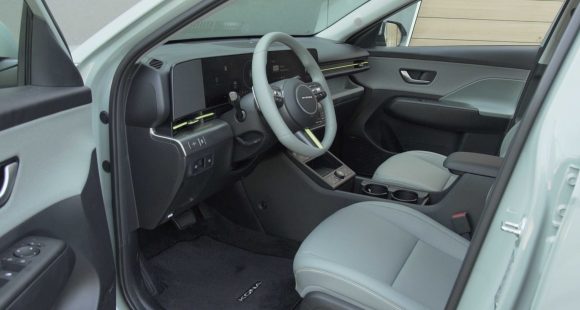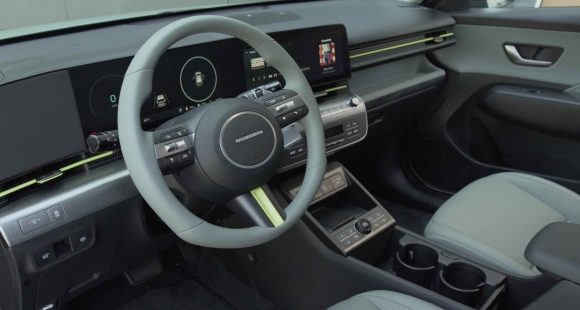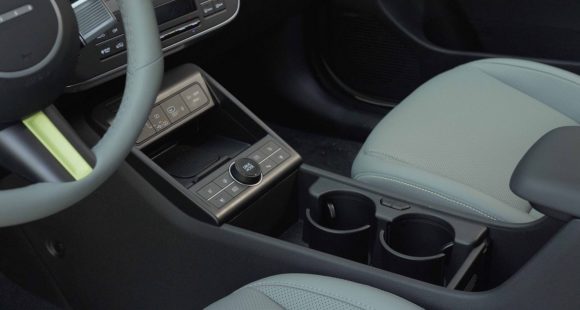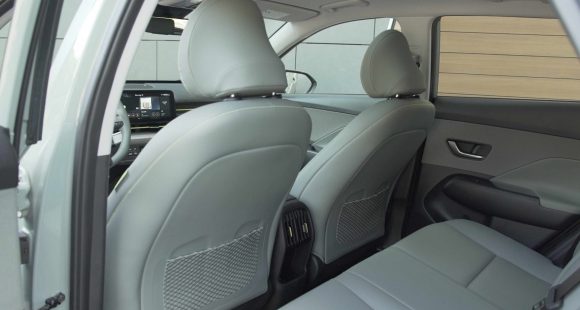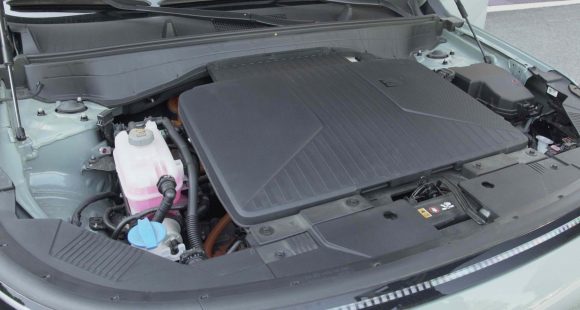2024 Hyundai Kona Electric
Plugging In And Riding The Wave
With Hyundai expanding their fantastic lineup of IONIQ EVs, it’s easy to forget about the Kona, which has been available in all-electric form since 2019. In fact, this second-gen Kona was designed as an EV from the get-go and adapted to employ ICE powertrains for those who are either not ready or not willing to go down the full EV path. It’s a great strategy, one we’re about to dive further into.
As we nudge closer to the theoretical end of the internal-combustion engine for our personal transportation, it’s vehicles like this 2024 Hyundai Kona, available with both ICE and electric powertrains, as in this Kona Electric, that are best equipped for this transition, allowing consumer demand to be the sales driver.
All Kona Electrics are front-wheel drive, available in SE, SEL, and Limited trims. The base SE gets a 133-horsepower motor and a range of 200 miles from its 48.6-kWh battery. SEL and Limited get a larger 64.8-kWh battery, and a bigger 150-kW motor producing 201 horsepower and 188 lb-ft of torque. This Limited is rated for 261 miles, but based on our highway-heavy driving loop, we’d put the actual range closer to an impressive 290 miles. With DC Fast charging, the Kona Electric can get to 80 percent in 43 minutes, and with the charge port mounted right up front, we like the convenience of being able to just pull right up to the charger without worrying about which side the port is on.
Now, this is not the kind of EV that feels crazy fast wherever you go, but like most EVs it clearly has an edge over gas-fueled competitors. And it was plenty quick at our test track, where despite a hesitation to deliver full power immediately off the line, 60 mph arrived in just 7.1 seconds; plenty quick for a commuter car and half a second quicker than its turbocharged ICE counterpart. Power did seem to taper off towards the end of the track, but we still managed to clear the quarter in a decent 15.6 seconds at 92 mph. Stops from 60 were well-controlled and consistent, averaging 110 feet with good initial bite, and an acceptable amount of nosedive.
This is not the kind of EV that feels crazy fast wherever you go, but like most EVs it clearly has an edge over gas-fueled competitors.
Carrying its powertrain weight down low instead of over the front axle, the Kona EV felt even more stable in our handling course. The front end will start to slide as you reach its limits, but we’ll chalk that up to the hard, eco-minded tires as much as the chassis. The steering feel tightens up quite nicely in Sport Mode.
This second-generation Kona is much roomier inside than the first gen, and while there are some EV-oriented aspects to the new design, the overall layout appears fairly traditional, and it shares everything with the ICE version. Front seats are firm but supportive, and covered in H-Tex simulated leather, helping top Limited feel a tad more lavish than it should at its price point. The large horizontal 12.3-inch touchscreen display with navigation sits more in front of the dash than on top of it, and merges directly with the 12.3-inch digital driver’s display; both are standard.
Using 29-kWh of electricity per 100 miles, the Kona Electric is quite efficient. Pricing starts at $34,070; that’s about eight-grand over a base ICE Kona, but certainly at the low end when it comes to battery electric vehicles. Top Limited comes in at $42,440. A sportier N Line version is set to arrive next year.
The Kona design is a great package, made even better with the option to go Electric. And even with all the push to go full EV, there are still relatively few inexpensive options for buyers to choose from. This 2024 Hyundai Kona Electric is one of the best yet, making it one of the easiest ways to join the EV lifestyle.




